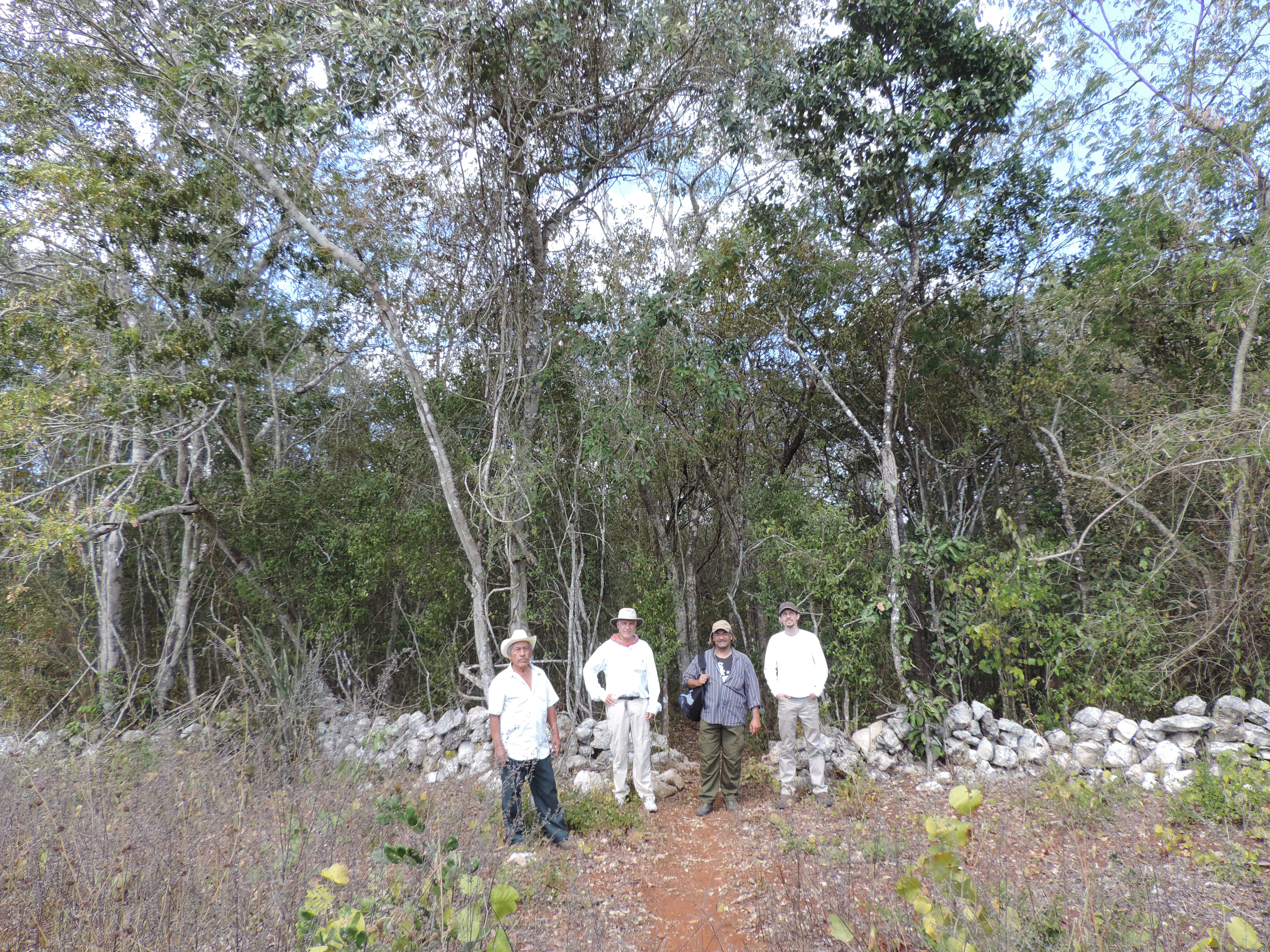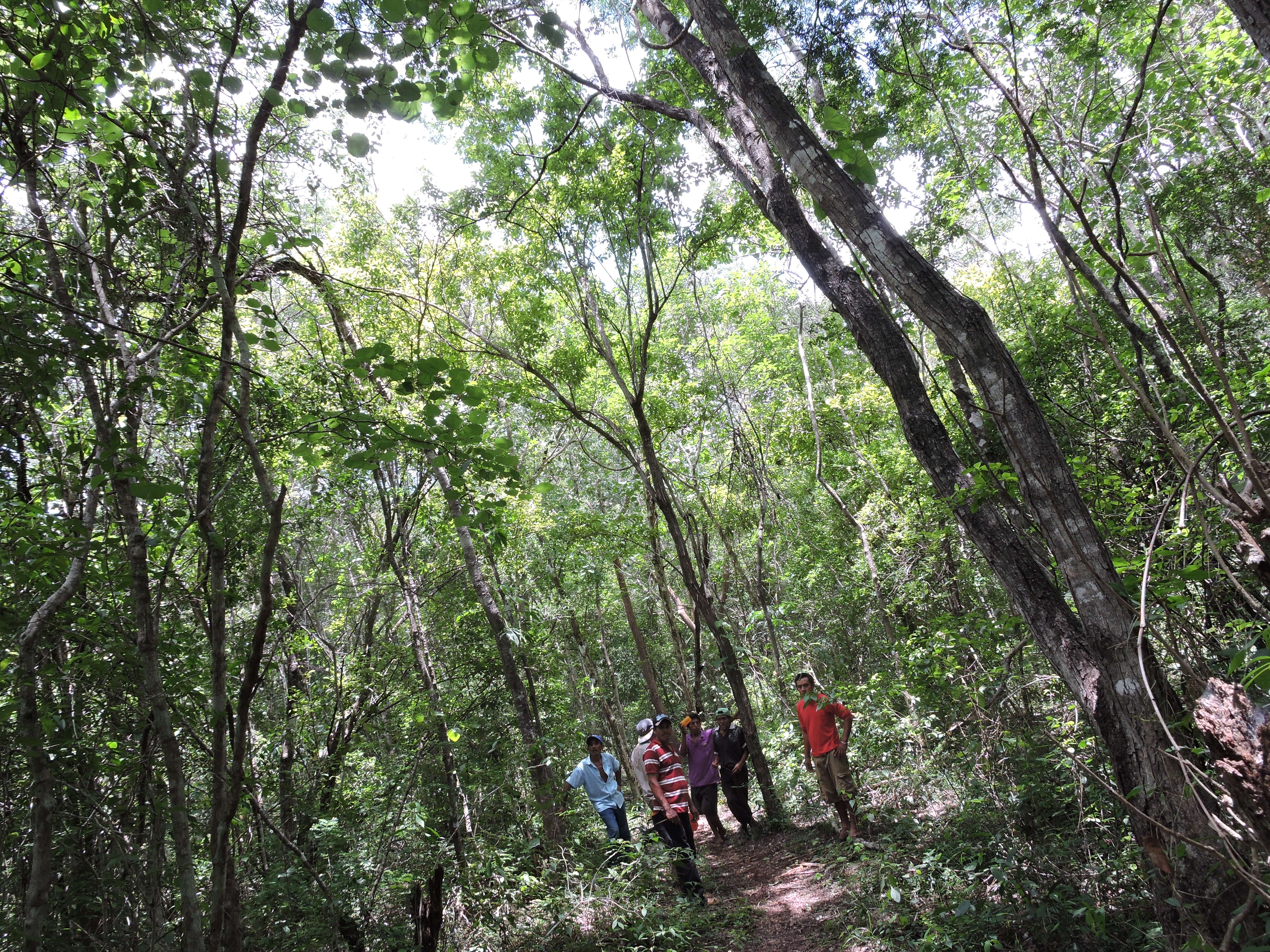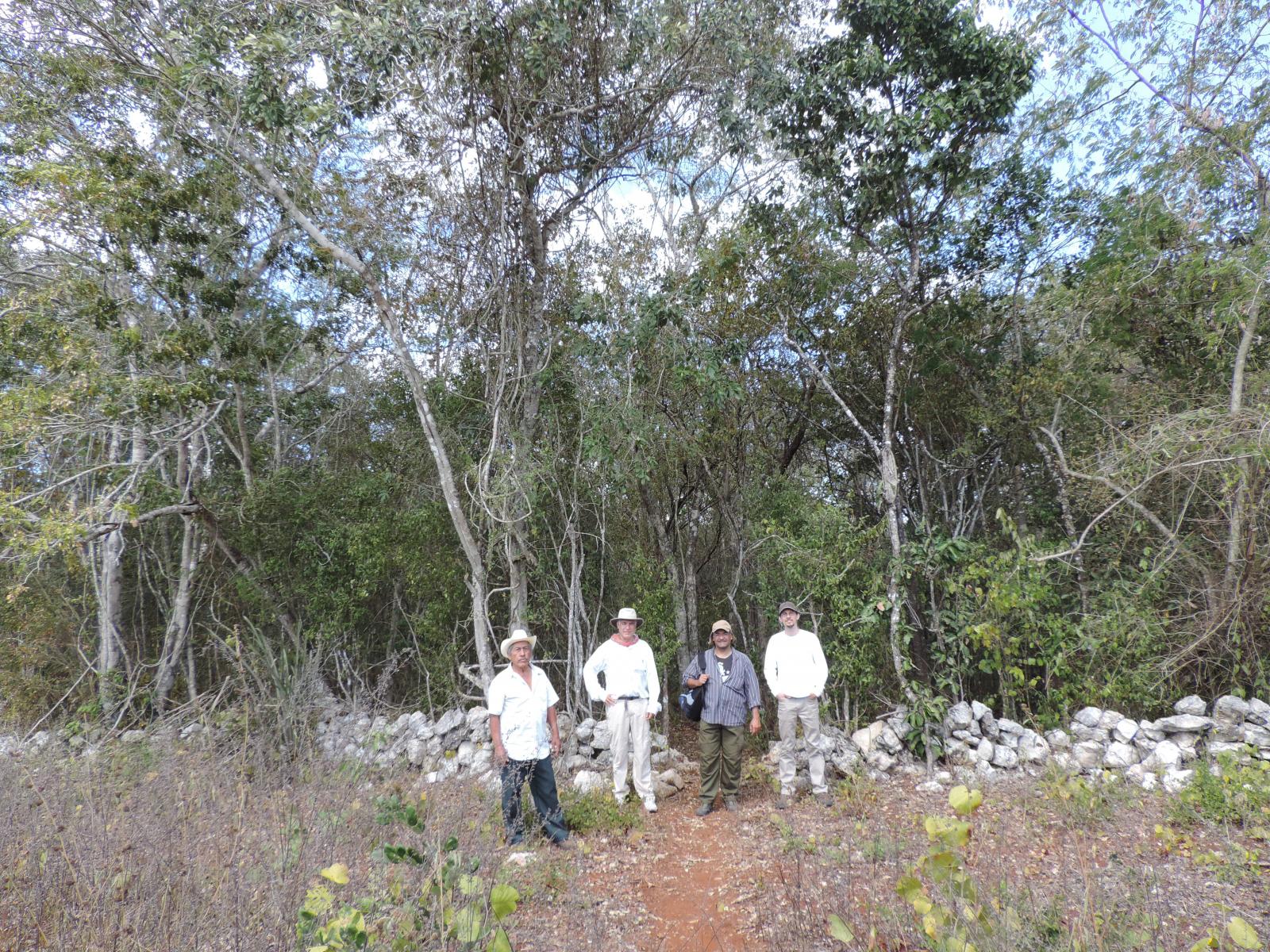An Overview Of Our Solution
- Population Impacted:
- Continent: North America
Organization type
Population impacted
Size of agricultural area
Production quantity
People employed
Describe your solution
Describe your implementation
External connections
What is the environmental or ecological challenge you are targeting with your solution?
Describe the context in which you are operating
The RFCMs are an example of sustainable use and conservation of natural resources by indigenous communities. They are voluntarily conserved and part of the communal lands. Each RFCM is 1 to 2 km wide and found around indigenous villages. Found in at least 140 communities distributed in an area of 37,338 km2, they cover an area close to 300 km2 (Fig. 1). Compared to areas that have lost their RFCMs to give way to agricultural fields, the RFCMs have mature vegetation, high plant diversity, are source of food and shelter for wildlife, and protect villages from hurricanes and fires. Selective and regulated use of trees is allowed but clearing for agricultural plots or pastures is banned. In addition to the differences in the conservation status of the RFCMs in each community, it's important to consider the sociopolitical realities within to improve the governance and social conditions that allow for ecological restoration and introduction of better practices in areas with degraded RFCMs.
Fig.1. Location of Mayan forest community’s own reserves (RFCM) and protected natural areas in the Yucatan peninsula, Mexico.
How did you impact natural resource use and greenhouse gas emissions?
Language(s)
Social/Community
Water
Food Security/Nutrition
Economic/Sustainable Development
Climate
Sustainability
The RFCMs is one of the few examples in Mexico where it is possible to use and preserve forest simultaneously. The best proof of the sustainability of these reserves is that some of them date back to pre-Hispanic times. The products and services that these reserves provide to their owners are sufficient incentives for their conservation. Subsidies to the owners of these reserves could distort the original purpose that has allowed their conservation.
Return on investment
Entrant Image

Entrant Banner Image

